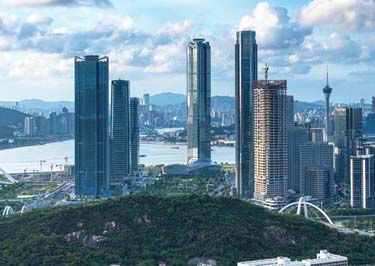Earlier History
Ever since the Reform & Opening-Up policy of Chinese reformer Deng Xiaoping in 1979, Zhuhai has carefully emerged as a modern city with an ideal industrial structure and vibrant economy.
Under Deng, Zhuhai was designated as one of China's first group of special economic zones, given its proximity to Macao, mix of western and eastern cultures, and notable history of outstanding scholars and leaders. But those stories have been told many times.
What is less known about the picturesque coastal city is its earlier history. What is now Zhuhai can be traced back before the Tang (618-907) and Song (960-1279) dynasties. The Pearl River Delta did not exist at the time and the delta of the Xijiang and Beijiang rivers poured into the South China Sea north of Wuguishan in today's Zhongshan City.
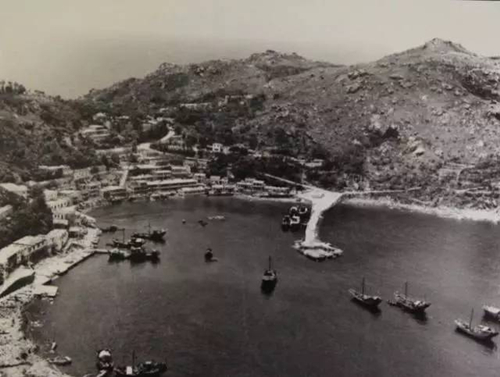
Wanshan Port in 1872 [File photo]
Zhuhai at the time consisted of a group of islands scattered off the estuary. In the year 221 in the Qin Dynasty (221-206 BC), the area was officially zoned into Panyu County of Nanhai Commandery, near what is now part of Guangzhou. It was incorporated into Dongguan Commandery after the Jin Dynasty (265-420), then Bao'an County in the Sui (581-618), and Dongguan County in the Tang. This was named Wenshun Xiang, the earliest administrative agency in Zhuhai, established in Shanchang Village off today's West Meihua Road in New Xiangzhou.
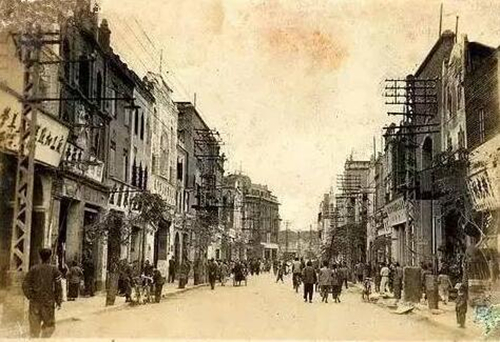
Doumen Old Street in 1887 [File photo]
Xiangshan Town was set up in Shanchang Village when the salt industry was prospering after the Song Dynasty. It was elevated into Xiangshan County, part of Kwong Chau (or Canton, today's Guangzhou) Department, from 1152 through the Yuan (1279-1368), Ming (1368-1644), and Qing (1644-1912) dynasties. Qianshan Fortress was constructed in the late Ming, serving as a military department dealing in foreign affairs with Macao.
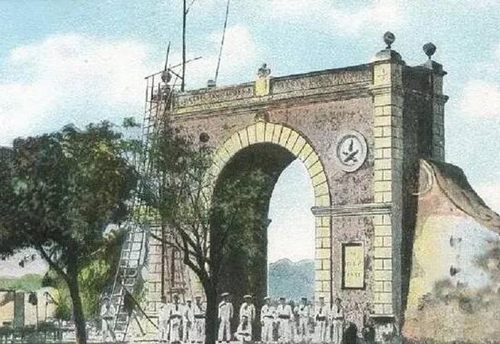
Gongbei Checkpoint established on April 2, 1887 [Photo courtesy gongbei.customs.gov.cn]
Xiangshan County was incorporated into the First District Administration-Supervising Commissioner Institution of Kwong-tung (Guangdong) Province after the Revolution of 1911. It was renamed Zhongshan County in memory of Dr Sun Yat-sen (Sun Zhongshan) on April 15, 1925 with the county government located in today's Tangjiawan Town in northern Xiangzhou District. After World War II, the bank areas of the Pearl River Estuary were liberated from the Kuomintang on Oct 30, 1949 and then the outer islands were reclaimed on Aug 3, 1950.
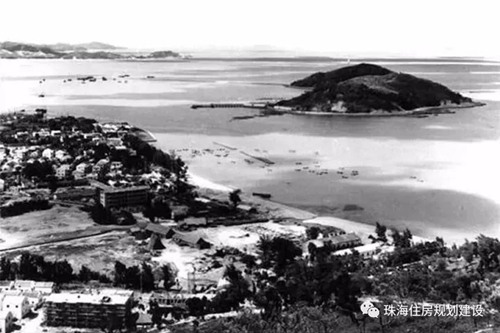
Yeli Island of Wanzaisha in 1979 [Photo courtesy Zhuhai Housing, Urban-Rural Planning & Development Bureau]
In January 1951, Guangdong Province put under centralized management of the islands that had been under the jurisdictions of Zhongshan, Dongguan, and Bao'an counties. Formed was the Guangdong People's Government Islands Management Department Pearl River Division, which was afterward modified into the Zhujiang Prefecture Islands Management Department stationed in Tangjiawan Town under the jurisdiction of the Zhujiang Administration-Supervising Commissioner Institution.
The Island Management Department was handed over to Zhongshan County in July 1952 and changed into the Fishing Division in October. The division was renamed Zhuhai County with the approval of the State Council on April 20, 1953. Then Zhuhai County was upgraded to a provincial town on March 5, 1979. That year, it was designated the Zhuhai Special Economic Zone with approval of the 25th Session of the Standing Committee of the 5th National People's Congress in August 1980.
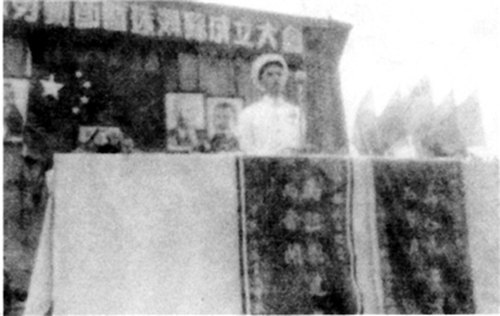
Zhuhai County established in April 1953 [File photo]
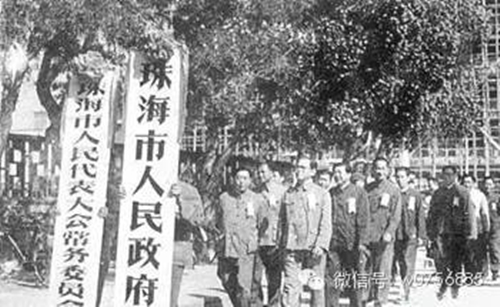
Zhuhai Municipal People's Government gets operational in November 1980. [File photo]
A history of 3,000 years has fostered outstanding historical personalities, and the Reform & Opening-Up policy adopted four decades ago has forged today's booming Zhuhai.


